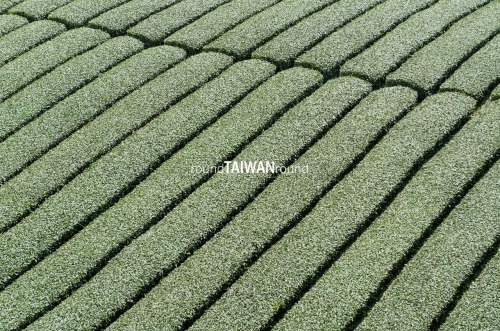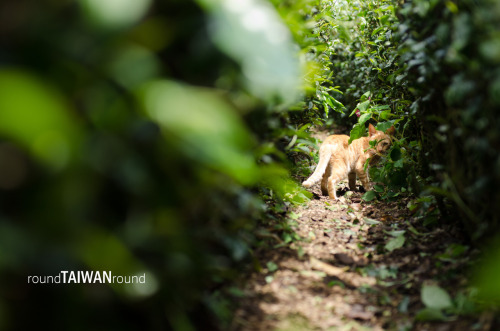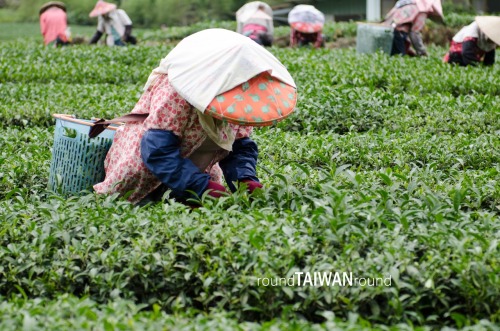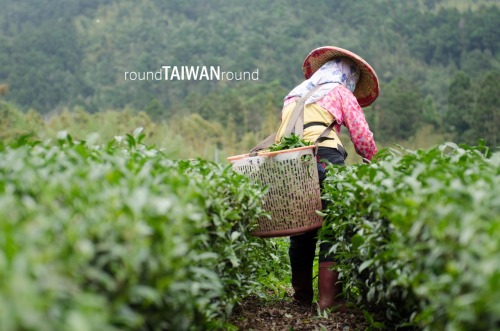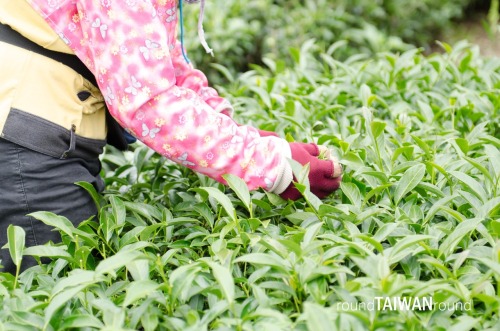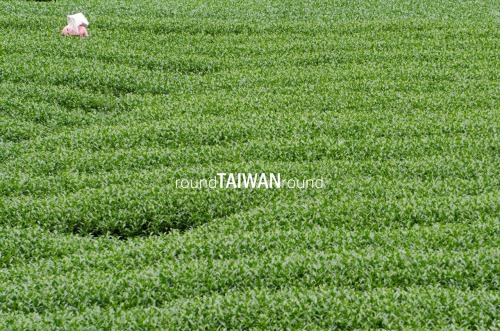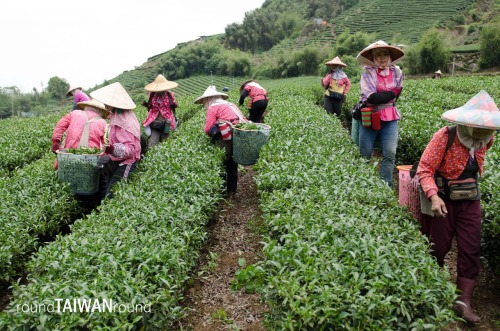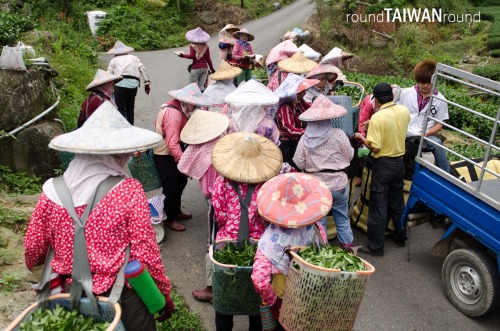#culutre
Alishan Tea Plantations
Alishan Oolong (烏龍茶) is one of the best High Mountain Oolongs in the world. It is famous for its incredible sweet aroma and smooth flavor. It is grown on Alishan in Chiayi County, between the elevation of 1,000 and 2,000 meters. This part of the mountain is humid with low temperature and misty before dawn and dusk. Also, the tea trees are irrigated by spring water. These conditions are perfect for creating Alishan Oolong’s outstanding flavors and aromas. The temperature varies much from day to night. This condition makes the tea tree grows slower than normal. It makes the tea leaf soft and growing better.
Onlong is picked in April, May ~ August, and September. Compared to Green Tea (綠茶), Oolong is picked rather late in the season. By this way, the leaves have a chance to grow larger and stronger so they will survive the complex processing. Another side effect of the late picking is that the leaves have more oils in the leaves which give the tea its smooth taste. After being picked, the leaves are left in the sun to wither, which softens the leaves for processing. If the weather is not suitable, the leaves are brought indoors in large ventilated rooms with lamps to wither the leaves. The leaves are laid out in bamboo trays to oxidize. When the tea master has decided that the leaves have withered enough, they are then dried before being shaped and roasted to finish the tea.
Opening Hours:
N/A
Entrance Fee:
Free
Address:
Zhuqi Township, Chiayi County 604, Taiwan (R.O.C.)
Tel:
N/A
Official Web:
N/A
Notice:
Most of the tea plantation hosts are friendly and welcome visitor to enter the farm, but it’s still better to ask politely in advance.
Post link
D'Angelo




